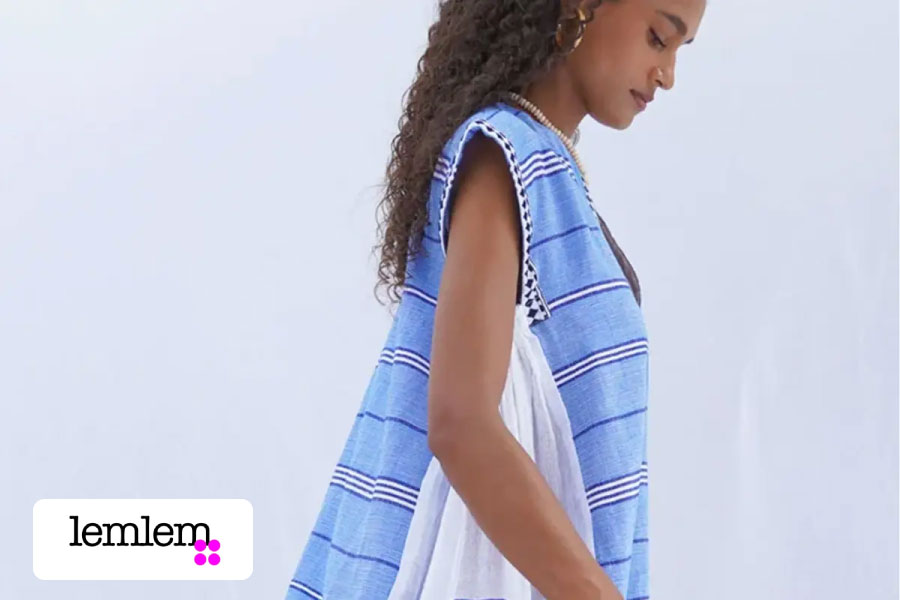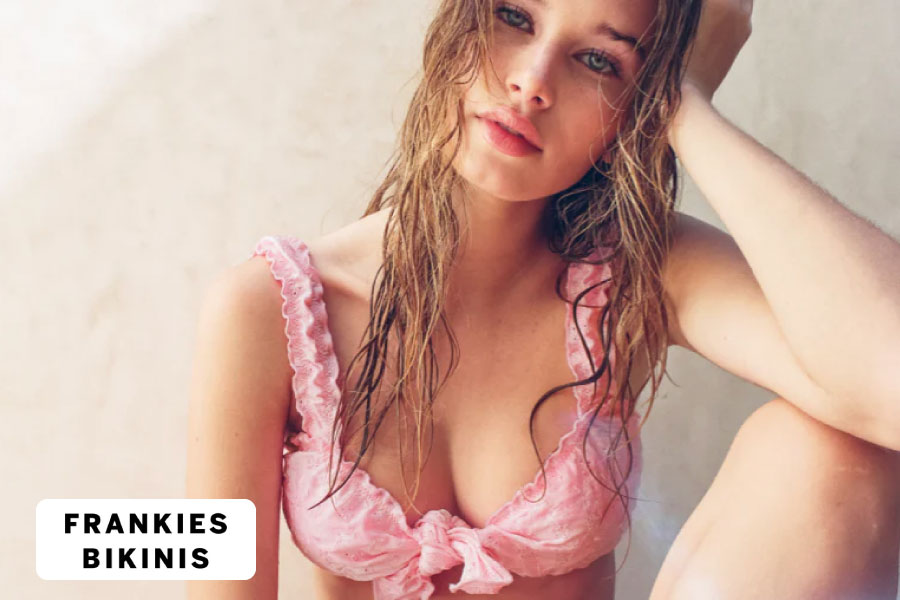Open Instagram on any fashionista’s phone, and you’re bound to see a a model, celebrity, or friend posed on a photogenic beach or perched at the edge of an infinity pool. And chances are, that glamourous swimsuit she’s wearing is
News from ApparelMagic clients
Around the world, the biggest names in fashion choose ApparelMagic

LaQuan Smith nominated for CFDA Award
No stranger to the red carpet, LaQuan Smith has been nominated for a CFDA Award for Womenswear Designer of the Year. View this post on Instagram A post shared by LaQuan Smith- Designer (@laquan_smith) The 2022 award ceremony, taking place

6 Ways To Make Fashion Business More Sustainable By Using Technology
The fashion industry is worth $3.5 trillion, which makes it one of the world’s greatest business sectors, right after the automobile and technology industries. However, it is also one of the most wasteful industries, contributing 10% of carbon emissions and

How Lemlem doubled their orders and increased their GMV by 167% in just 2 years with Cymbio and ApparelMagic!
Meet the Brand Lemlem is an artisan-driven brand of beautiful women’s resort wear made entirely and responsibly in Africa, with a core mission of preserving the local art of weaving in Ethiopia and inspiring economic growth on the continent. Founded

Prabal Gurung and LaQuan Smith stun at the Met Gala
The Met Gala is many things: a promotion for a museum exhibition, the red carpet to end all red carpets, and a fundraiser for one of fashion’s biggest institutions. With stakes that high, designers pull out all the stops to

7 Fashion Brands that have capitalized on NFTs
NFTs aren’t just for the cryptocrowd anymore. With two fashion weeks under its belt, the metaverse is set up to be the next big stop on the fashion calendar. 1. Jonathan Simkhai’s digital twins As one of the industry’s leading

LaQuan Smith is the ApparelMagic Designer of the Year
View this post on Instagram A post shared by LaQuan Smith- Designer (@laquan_smith) Say you’re the biggest name in fashion. You’ve dressed all the biggest names in music and celebrity. Beyonce’s a big fan. The Kardashians collectively owe you their

JMP The Label is our Startup of the Year – Less Excel and more expansion
Launching in March 2021 wouldn’t be an auspicious start for most businesses, but Juliette Porter’s JMP The Label is a striking exception. The influencer, MTV’s Siesta Key star, and now fashion mogul built a swimwear brand when most businesses were
